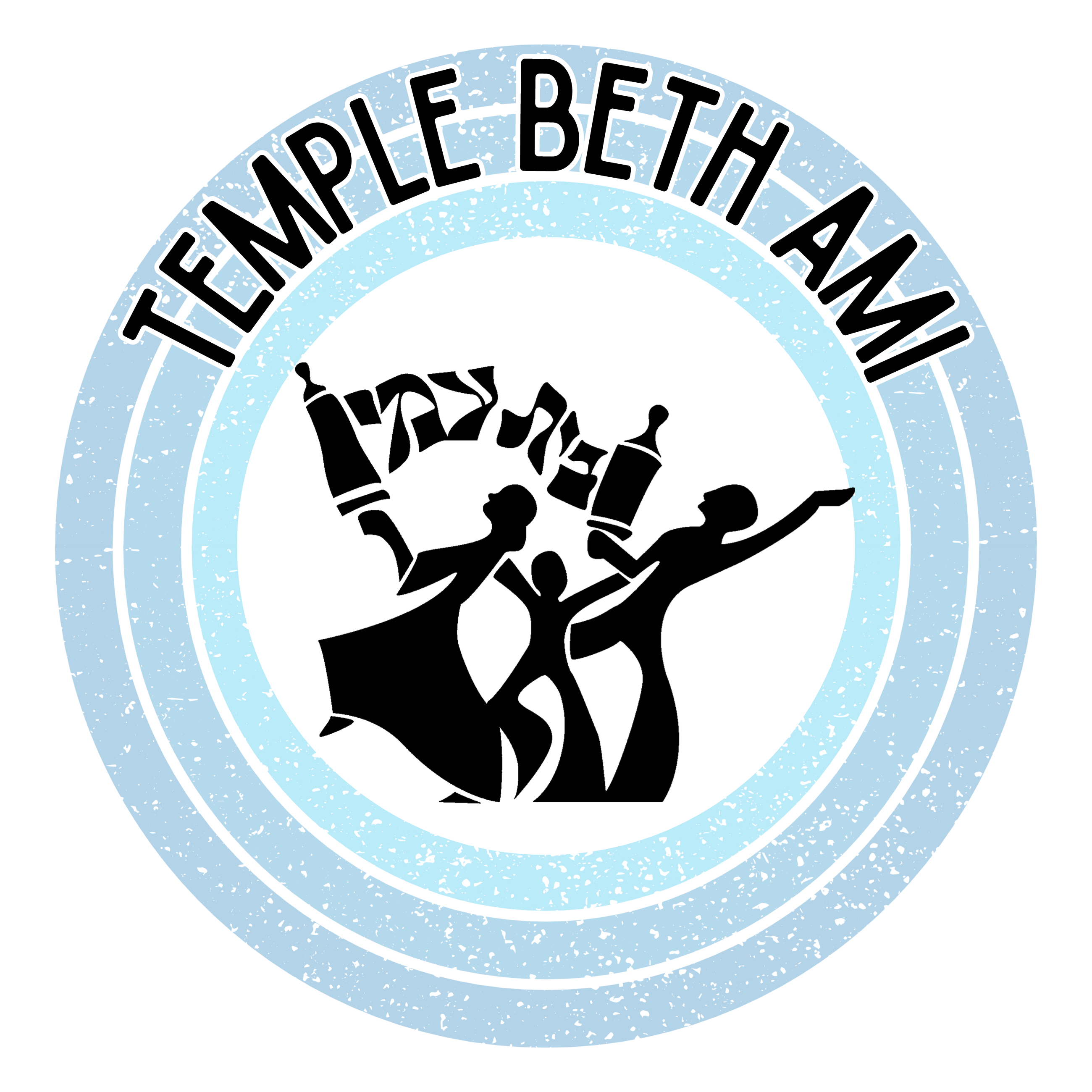Tzav - 5779
Leviticus 6:1 – 8:36
Yes, the priests got to wear the coolest couture of the day, with entire chapters of Torah devoted to describing each magnificent garment after another. And yes, the priests were revered as spiritual leaders, and given the holiest of tasks to perform before God on behalf of all Israel. The life of the priest seemed so spectacular that a prospective convert to Judaism once approached the famous Rabbis Shammai and Hillel, asking to be made a Jew on the condition that afterward he would then become the High Priest.
The role of the priest, however, was not about the clothing or about status. In Tzav we learn about the commandment of Terumat HaDeshen, the clearing away of the ashes and residue of the sacrifices:
“And the priest shall wear his linen garb and linen breeches he shall wear on his body, and he shall take away the ashes that the fire consumes from the burnt offering on the altar and put them beside the altar. And he shall take off his clothes and wear other clothes and take out the ashes beyond the camp to a clean place.” [Lev. 6:3-4]
In other words, the priest was directly responsible for cleaning up the mess, a job we might otherwise expect for a menial laborer. Even more, the priest is required to wear his fine linen garments while cleaning the altar, only changing when leaving the mishkan to transport the ashes to another “clean” location outside of the camp.
Sacrifices were holy. They were designed to help bring Israel closer to God. Tzav reminds us that even holy acts create a bit of a mess. Yet it doesn’t stop there, it also teaches that the mess itself and the act of cleaning it were as holy as the actual sacrifice – so only the priest, dressed in sacred garments, could clean the mess.
We no longer offer sacrifices, but there is a great lesson for us here.
First, the creative process is messy. Whenever we create or build anything, we make a mess. This truth applies not only to physical objects, but to our relationships, our achievements, our families and our communities.
Second, we are responsible for what we create, and therefore for cleaning up after ourselves. Even when we create something holy, there is still residue to clean.
Third, cleaning up our messes is in and of itself holy, even if what we created is not intrinsically holy. In a few weeks we will clean our homes for Passover. We dropped the chametz and we made the dirt. We need to clean it up. Doing so is a holy task. By extension, I would argue that every time we clean up a mess we have made, whether in our relationships or our community, we are engaged in holy work, even if we are not preparing for a sacred holiday.
Fourth, and finally, we cannot delegate this work. You should not clean up my messes and I don’t want yours either. Part of the holiness here is the personal responsibility, the spiritual accountability, which we take. On Yom Kippur we try to clean our souls from our mistakes. This makes Yom Kippur the holiest day of the year. However, we don’t have to wait. When we recognize that the very act of cleaning after ourselves is holy even when we make something beautiful, then we can begin to find joy in every moment. God is not found just in the high points along the way, but in the least expected of places.
We are truly supposed to be a kingdom of priests. So let’s open our eyes, and get our hands dirty, clean up after ourselves, and bring more holiness into our world.

